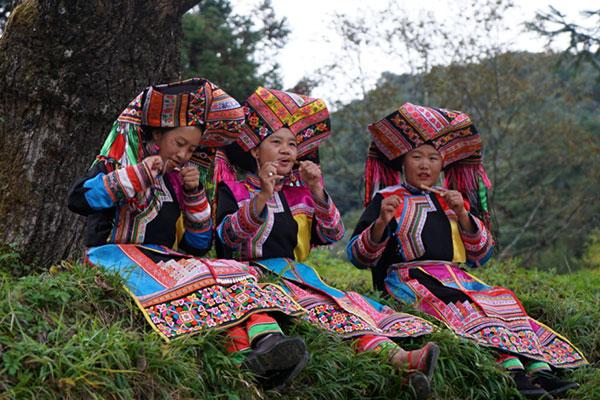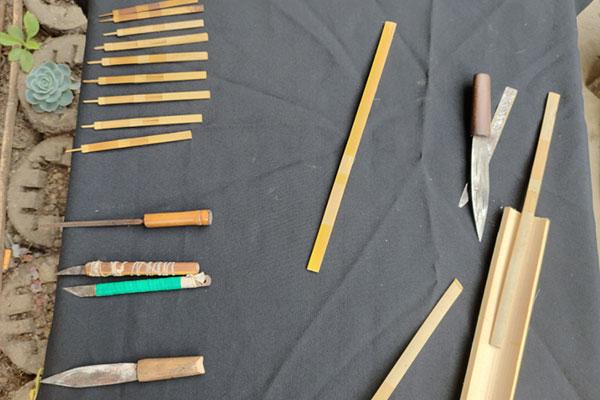Sapin Magu: A Lisu Musical Instrument on the Brink of Loss
Today, the Lisu people living in Pingda Township, Longling County, Baoshan City, maintain their original culture from clothing to various customs. As an indispensable musical instrument in the history of the cultural development of the Lisu nationality, Sapin Magu has an ethereal and beautiful string sound that has been flying since ancient times.

"Magu" is Lisu language, which means mouth string. The mouth string is an ancient and unique traditional musical instrument of the Lisu people. There is no way to test the history of the mouth strings of the Lisu people. For hundreds of years, the mouth strings have been dominated by single pieces. ". Due to the high technical requirements for the production and performance of Sapin Magu, it is not easy to master, so only a very few people can play Sapin Magu.
Magu is divided into two types: pulling strings and playing strings. Their production methods are basically the same. The material should be made of golden bamboo with a long growth cycle, and the bamboo is required to be straight to the sun, because such golden bamboo has less moisture, good elasticity, and is not easy to break. Cut it into 8 cm long, 0.5 cm wide and 0.2 cm thick bamboo pieces, cut one end into a 1 cm fine tip, leave a 0.2 cm wide reed in the middle of the bamboo piece, and hollow out the same width on both sides. Single-piece Magu can be played with laces, while Sa-piece Magu is mainly played.

Due to the limitations of her own conditions, Sapin Magu's voice is relatively small, but it is very melodious and melodious. When the Lisu people play, they often co-compose the "Miaoge Tiao" of the Lisu nationality. After the performance, put the Sapin Magu in a small homemade bamboo tube, which is very convenient to carry. Due to the high technical requirements of production and performance, it is not easy to master. When the Lisu people sing, they mostly play the sanxian, cucurbit silk, and single-piece mouth strings to accompany them, and seldom use the sapian magu.
In July 2020, the "Sapin Magu" skill was rated as the fifth batch of municipal intangible cultural heritage by the Baoshan Municipal People's Government. Yu Wenzhong, the father of Yu Zongfu, the father of Yu Zongfu, a villager of the Umbrella Group of Huanglianhe Village, the representative inheritor of the production and performance of Sapin Magu, is a famous Lisu musician in Huanglianhe Village. He can make and play sanxian, cucurbit flute and other instruments. Yu Zongfu was deeply influenced by his father since he was a child, and often asked Hu Lianyu, a folk singer of the Lisu ethnic group in Huanglian River, to teach various playing methods of "Magu". After a long period of study, Yu Zongfu gradually learned the production and performance skills of various musical instruments, especially It is to learn to make and play Sapin Magu.
Nowadays, the life style and aesthetic taste of the Lisu people have changed a lot, and the production and performance skills of the traditional musical instrument "Sapin Magu" of the Lisu people are on the verge of being lost locally.
In order to better inherit the production and performance of Sapin Magu, Yu Zongfu not only taught his wife and granddaughter to play Sapin Magu, but also taught two apprentices to make Sapin Magu.
Yu Zongfu's greatest wish is to better inherit the Sapin Magu, a Lisu musical instrument that is on the verge of being lost, in his lifetime.
 渝公网安备 50010702504639号
渝公网安备 50010702504639号